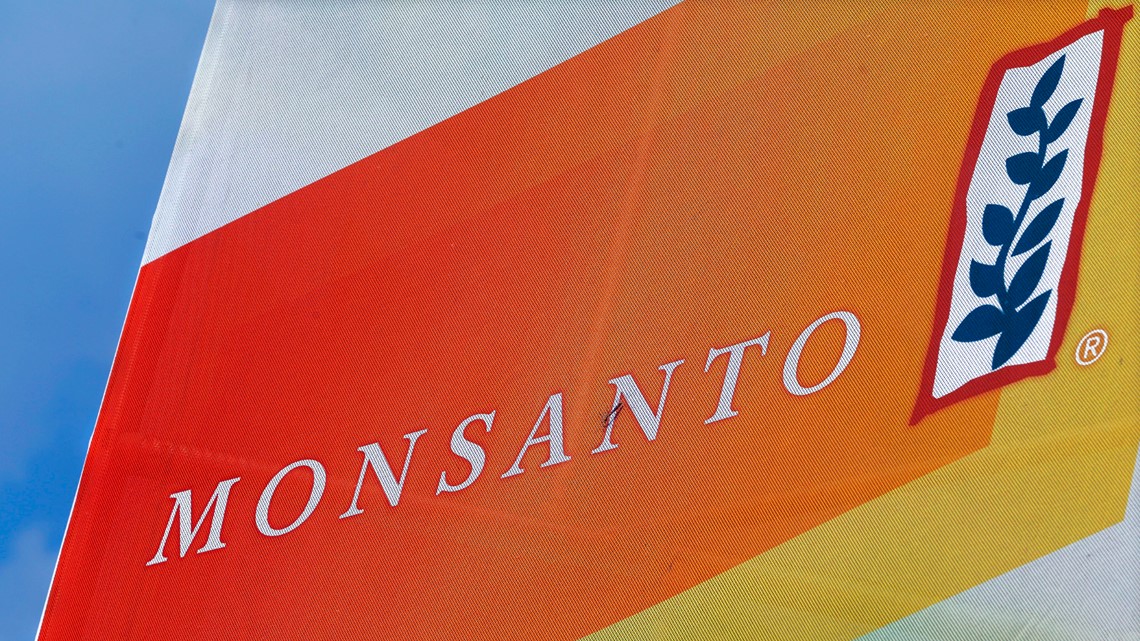SALEM, Ore. — Agrochemical giant Monsanto will pay Oregon $698 million for decades of PCB contamination, according to the terms of a settlement announced Thursday by Oregon Attorney General Ellen Rosenblum. It's the largest environmental damage recovery in Oregon's history, according to Rosenblum's office.
PCBs (polychlorinated biphenyls) are toxic compounds that were formerly manufactured and sold by Monsanto and used in a wide range of products including coolants, fluorescent lighting fixtures, hydraulic oils, paint, caulking and copy paper. They were banned in 1977.
The settlement stems from a lawsuit that Oregon filed against Monsanto in 2018, alleging that the company knew as early as 1937 that PCBs were highly toxic, but continued to produce and promote the compounds for decades, leading to widespread environmental contamination.
Oregon's lawsuit asked for damages for the harm done by PCBs as well as to cover the clean-up costs. The Oregon Department of Justice will work with the governor, legislature and state agencies to distribute the funds for clean-up work, according to a news release from Rosenblum's office.
"This is a huge win for our state," Rosenblum said in a statement. "PCBs are still present throughout Oregon — especially in our landfills and riverbeds — and they are exceedingly difficult to remove, because they 'bioaccumulate' in fish and wildlife. Cleaning up our state from this horrific environmental degradation will be as costly and time-consuming as it sounds, but this settlement means we now will have resources to help tackle this problem."


In Oregon, more than two dozen rivers and streams have tested positive for PCB contamination, and fish and wildlife in more than 40 watersheds have also shown signs of pollution, according to court documents.
Portland’s harbor sustained the most pollution because it was lined for a century with businesses that relied heavily on PCBs for manufacturing, metal recycling, fuel storage, railways and other industrial uses.
PCBs have been shown to cause a variety of adverse health effects, according to the Environmental Protection Agency. They can cause cancer in animals and affect their immune, reproductive and nervous systems. The agency has also found that they are probable carcinogens for humans.
A variety of fish species in Oregon are vulnerable because the PCBs accumulate in their fatty tissues. When seals, eagles, osprey, orca whales and humans eat those fish, that contamination is passed on, the lawsuit alleged.
Monsanto has faced several similar PCB lawsuits in recent years. Washington State brought its own PCB lawsuit against the company in 2016, which was settled in 2020 for $95 million. The City of Portland also sued Monsanto in 2016.
Monsanto is now a subsidiary of German pharmaceutical company Bayer AG, having been acquired in 2018.

